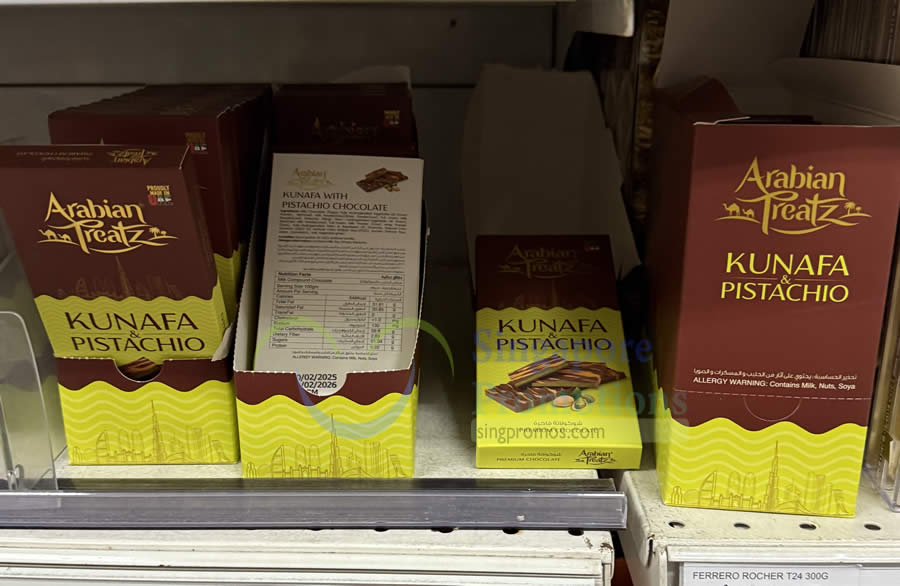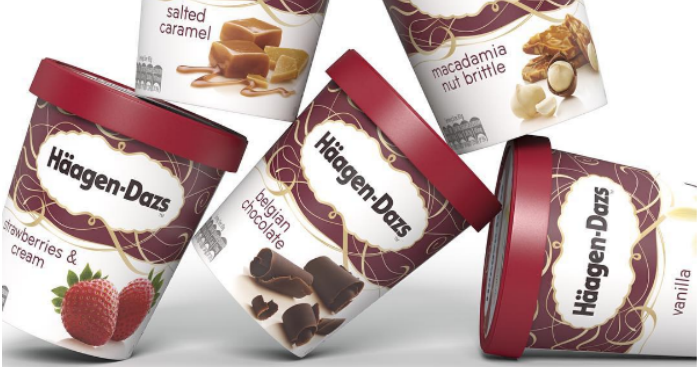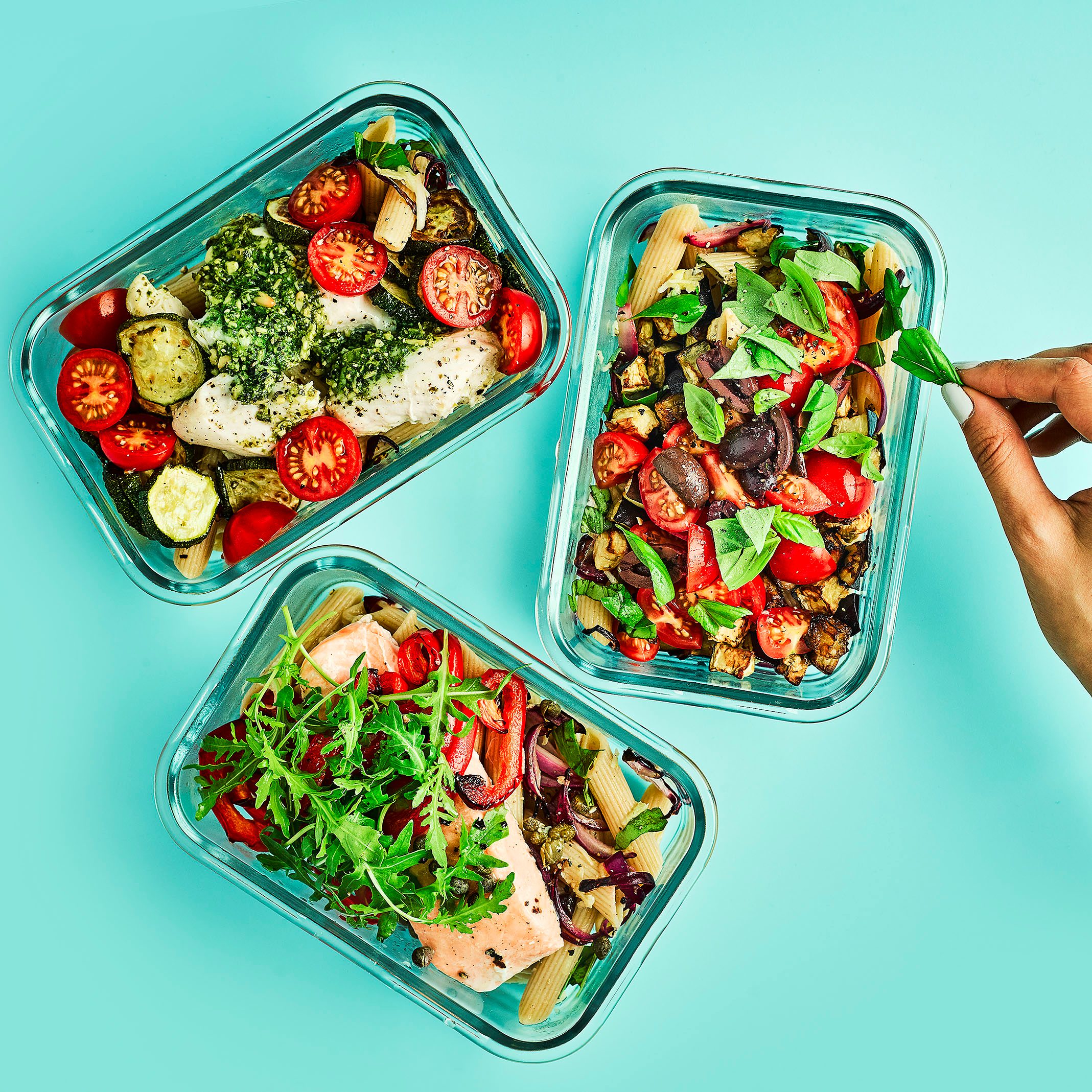
Singapore’s tropical climate presents a unique challenge to staying adequately hydrated during workouts. The combination of high heat and humidity accelerates sweat loss, making a tailored hydration strategy crucial for performance, safety, and overall well-being. This guide provides specific advice for different types of fitness activities in Singapore’s environment.
Understanding the Hydration Challenge in Singapore:
- High Sweat Rates: The hot and humid conditions mean you’ll likely sweat more profusely and lose electrolytes faster than in cooler climates.
- Dehydration Risks: Inadequate fluid replacement can lead to dehydration, causing fatigue, decreased performance, muscle cramps, dizziness, and even heat-related illnesses like heat exhaustion or heatstroke.
- Thirst is Not Enough: Relying solely on thirst to guide your fluid intake can lead to dehydration, as you may not feel thirsty until you’ve already lost a significant amount of fluid.
Tailored Hydration Strategies for Different Workouts:
1. Low-Intensity, Short Duration (e.g., Yoga, Pilates, Light Walks < 60 minutes):
- Before: Drink 300-500ml of water in the 1-2 hours leading up to your workout.
- During: Water is usually sufficient. Sip small amounts (100-200ml) every 15-20 minutes, especially if you feel thirsty.
- After: Drink enough water to replace any fluid lost through sweat. Aim for 500ml or more, depending on your perceived sweat loss.
2. Moderate-Intensity, Moderate Duration (e.g., Brisk Walking, Jogging, Gym Workouts 60-90 minutes):
- Before: Drink 400-600ml of water or an electrolyte-containing drink in the 1-2 hours prior.
- During: Consider an electrolyte-containing drink, especially if you are sweating heavily. Aim for 150-250ml every 15-20 minutes. Water is still a good option, but electrolytes help replace what’s lost in sweat.
- After: Rehydrate with water or an electrolyte drink. Aim to replace approximately 125-150% of your estimated fluid loss (weigh yourself before and after to estimate).
3. High-Intensity or Long Duration (e.g., Running, Cycling, Team Sports > 90 minutes):
- Before: Drink 500-700ml of an electrolyte-containing drink in the 2 hours leading up to your activity. Consider a small, salty snack to help with fluid retention.
- During: Electrolyte-containing sports drinks are highly recommended to replace both fluids and lost electrolytes (sodium, potassium, etc.). Aim for 150-250ml every 15-20 minutes. Consider carbohydrate intake as well for sustained energy.
- After: Focus on aggressive rehydration with electrolyte-rich fluids and carbohydrates to replenish glycogen stores. Continue to drink regularly over the next few hours. Weighing yourself can provide a good indication of fluid deficit.
4. Strength Training:
- Before: Drink 300-500ml of water in the 1-2 hours prior.
- During: Water is usually sufficient for shorter sessions. For longer or very intense sessions, consider an electrolyte drink. Sip regularly.
- After: Drink water to rehydrate. Protein shakes made with water or milk also contribute to fluid intake and muscle recovery.
Practical Tips for Hydration in Singapore’s Climate:
- Pre-Hydrate Strategically: Don’t wait until you’re thirsty to start drinking. Make a conscious effort to hydrate throughout the day, especially before workouts.
- Carry a Water Bottle: Make it a habit to carry a water bottle with you at all times and sip regularly.
- Monitor Urine: Pale yellow urine indicates good hydration. Darker urine suggests dehydration.
- Listen to Your Body: While thirst isn’t the best indicator, pay attention to other signs of dehydration like headache, dizziness, and fatigue.
- Consider Electrolyte Drinks: For workouts lasting longer than an hour or involving heavy sweating, electrolyte drinks can help maintain fluid balance and prevent cramping. Look for drinks with sodium, potassium, and carbohydrates.
- Don’t Overdo It: While crucial, excessive water intake (hyponatremia) can also be dangerous. Stick to recommended guidelines and listen to your body.
- Hydrating Foods: Incorporate fruits and vegetables with high water content (watermelon, cucumber, oranges) into your diet.
- Acclimatize Gradually: If you’re new to exercising in Singapore’s climate, gradually increase the intensity and duration of your workouts to allow your body to adapt.
- Plan Your Workouts: If possible, schedule intense outdoor workouts for cooler times of the day (early morning or late evening).
- Post-Workout Recovery: Continue to hydrate even after your workout is finished to aid recovery.
Water vs. Sports Drinks in Singapore:
- Water: Excellent for shorter, lower-intensity workouts to replace fluid loss.
- Sports Drinks: Beneficial for longer, higher-intensity workouts or those involving significant sweat loss. They help replace electrolytes (especially sodium) and provide carbohydrates for energy. Choose options wisely, considering sugar content.
Staying properly hydrated is a fundamental aspect of exercising safely and effectively in Singapore’s challenging climate. By understanding your body’s needs and tailoring your hydration strategy to your specific workout type, you can optimize your performance and protect your health.









